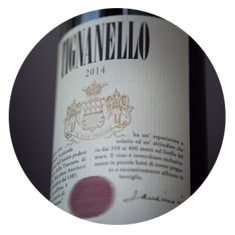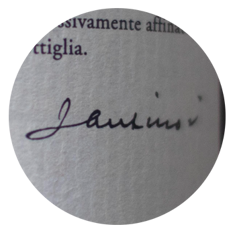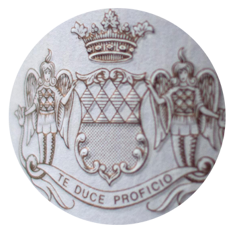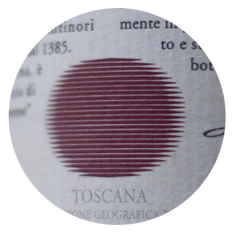Tignanello 2015
Climate
The climate of the 2015 vintage was an extremely regular one and respected, in its various phases and seasons, the typical weather of the Chianti Classico production zone. A cold and relatively dry winter preceded a spring characterized by damp weather in March and April and dry weather in May and June. In this period, temperatures were regular, guaranteeing a perfect growth of vegetation and an excellent phase of flowering and bud set for the grapes. The summer was a warm one, with peak temperatures in July, but also with highly positive temperature swings from daytime warmth to evening and nighttime coolness which assured a constant growth of the grape bunches free of stress. The month of August, warm as well, was characterized by occasional rainfall which favored a fine onset to the ripening of the crop. The picking took place between mid-September and early October in a climate of dry and breezy weather.
Vinification
The 2015 vintage, regular in its various phases, will be remembered for the harvesting of completely ripe and healthy grapes thanks to the highly favorable weather during the entire growing season. Despite this fact, the level of attention remained very high both in the vineyard during picking operations and in the cellar when the crop arrived; here the selection of the grapes and the first phases of their working gave an important impetus to a further optimization of quality. During the fermentation in conical fermentation tanks, the must was macerated on the grape skins with extreme care and attention to the freshness of the aromas, the extraction of color, and a management of the tannins aimed at suppleness and elegance. The running of the wine off its skins took place only after careful daily tastings. Once the wine was separated from its skins, it went into oak barrels for a malolactic fermentation which further elevated the finesse and the complexity of the aromas. The aging process then began, fourteen to sixteen months in French and Hungarian oak barrels, some new and others already used once previously. The various lots, fermented and aged variety by variety, were then blended together a few months before being bottled. The wine, based principally on Sangiovese supplemented by a small part of Cabernet Sauvignon and Cabernet Franc, was given a further twelve month period of bottle aging before commercial release.
Tasting Notes
The 2015 Tignanello is a very intense ruby red in color. On the nose, the notes of ripe red fruit, together with cassis and blackberries, are in perfect balance with the hints of chocolate and liquorice. The palate is rich, ample, and vibrant and is endowed with lively and silky tannins which give a great complexity and an important length to the finish and aftertaste.
Awards
James Suckling 98/100 Vinous 98/100 Wine Spectator 97/100 Wine Advocate 96/100
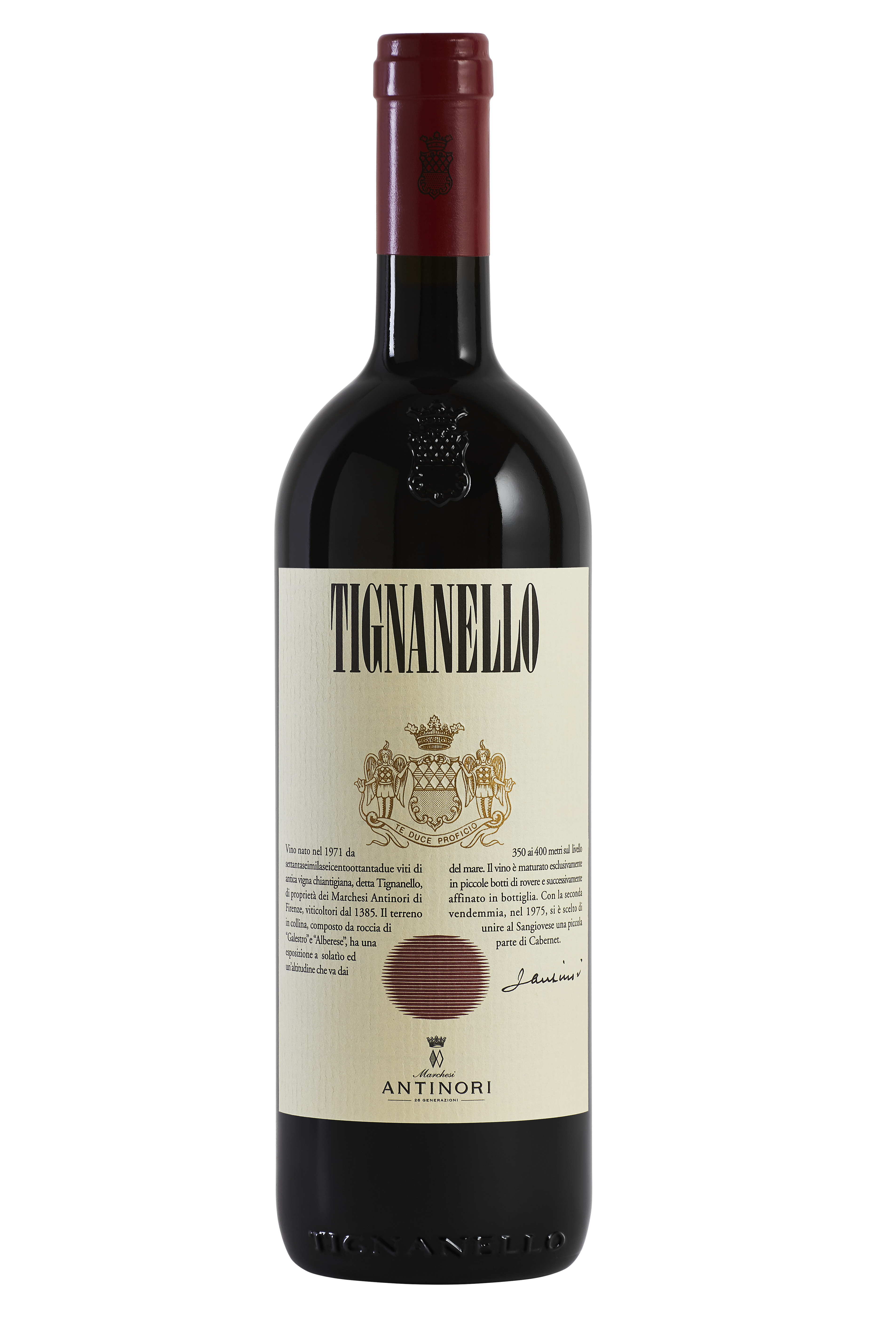
The Wine
Tignanello was the first Sangiovese to be aged in barriques, the first contemporary red wine blended with untraditional varieties (specifically Cabernet) and one of the first red wines in the Chianti Classico region that didn’t use white grapes. Tignanello is a milestone. It’s produced with a selection of Sangiovese, Cabernet Sauvignon and Cabernet Franc.

The Design
The label was designed by Silvio Coppola in 1974 for the release of Tignanello 1971. The idea to commission this artist was discussed at an event at Castello della Sala in 1973. Silvio Coppola was an important Italian graphic and interior designer who was famous for his minimalist lighting fixtures and austere furniture but also for book cover designs for Italian publishing company Feltrinelli. Silvio Coppola was the perfect match for the job.
The Signature
Marchese Piero Antinori, the current Honorary President, decided to have his father, Niccolò Antinori, sign the label as a sign of recognition for his father’s confidence in him.
Te Duce Proficio
The historic family crest of the Antinori family
The Sun
Tignanello’s stylized “Sun” by Silvio Coppola
Climate
The 2021 vintage from Chianti Classico will be remembered for a long slow-paced season: a vintage that promises power and finesse. Temperatures during the winter months were not excessively cold and were accompanied by rain showers that lasted up until the end of March. The beginning of spring triggered early bud break, but cool, dry weather in April slowed down the vines’ vegetative cycle. May and June followed normal weather patterns, not too hot, with scattered precipitation that guaranteed excellent flowering and fruit set of all grape varieties in Tenuta Tignanello’s vineyards. Overall, summer was hot and dry, especially during August but towards the end of the month, occasional rainfall provided ideal conditions for the vines to begin the ripening phase. September and October were picture perfect: sunny skies, no heat spikes, refreshing breezes and cool nighttime temperatures that allowed the grapes to gradually progress to peak ripeness. Overall, the 2021 vintage is considered to be one of the best vintages ever. Harvesting operations began during the last half of September for Sangiovese and were completed October 20th with Cabernet.
Vinification
This growing season’s climate trends challenged us to be focused and diligent both in the vineyards during harvesting activities and when grapes were brought to the cellar where sorting operations and initial winemaking processes were essential to achieve optimal results. During fermentation in truncated conical tanks, each individual must was macerated on the skins giving particular emphasis to preserving aromas, extracting color, and encouraging desirable tannins that were supple and elegant. Racking was performed after rigorous daily sampling and tasting. Once separated from the skins, the wine was transferred into small oak barrels where it underwent malolactic fermentation to accentuate aromatic finesse and complexity. Aging took place in French oak barrels and a small percentage in Hungarian oak, predominantly new barrels, for a total period of approximately 15 months: after an initial period of aging the lots separately, they were blended then completed barrel aging. Tignanello, crafted mainly with Sangiovese and a small percentage of Cabernet Sauvignon and Cabernet Franc, underwent an additional 12-month period of aging in the bottle before being released.
Historical Data
Tignanello is produced exclusively from the vineyard of the same name, a parcel of some 140 acres (57 hectares) with limestone-rich soils and a southwestern exposure at 1150-1325 feets (350-400 meters) above sea level at the Tignanello estate. It was the first Sangiovese wine to be aged in small oak barrels, the first modern red wine to use such non-traditional varieties as Cabernet in the blend, and among the first red wines from the Chianti Classico area to be produced without white grapes. The wine, originally called "Chianti Classico Riserva Vigneto Tignanello" (a Chianti Classico Riserva from the Tignanello vineyard), was produced for the first time from a single vineyard parcel in 1970, when the blend contained 20% of Canaiolo and 5% of Trebbiano and Malvasia, both white grapes, and the wine aged in small oak barrels. In 1971 it became a Tuscan red table wine rather than a Chianti Classico, and was called Tignanello. In the 1975 vintage the percentage of white grapes was definitively eliminated from the blend. Ever since 1982, the blend has been the one currently used. Tignanello is bottled only in favorable vintages, and was not produced in 1972, 1973,1974, 1976, 1984, 1992, and 2002.
Tasting Notes
Tignanello 2021 is ruby red with intense purple hues. The nose is complex: notes of ripe plums, blackberries and candied orange peels lead to pleasant hints of dark chocolate, caramel, and licorice. Sweet hints of tobacco complete the impressive bouquet. The palate is rich, sophisticated, intense and is defined by supple vibrant tannins followed by a long persistent finish.
Awards
Vinous 98/100
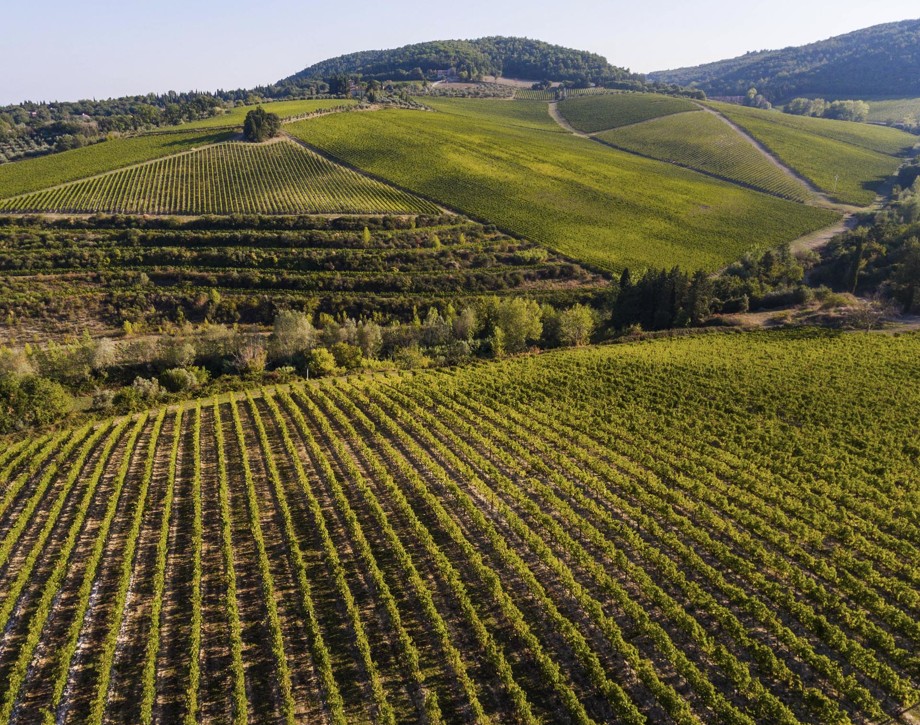
Tenuta Tignanello
The Tenuta Tignanello estate is in the heart of Chianti Classico, in the gently rolling hillsides between the Greve and Pesa river valleys. It extends over an area of 319 hectares (788 acres), of which about 130 (321 acres) are dedicated to vines. Two of the estate’s prized vineyards are on the same hillside, Tignanello and Solaia, on soils that originated from marine marlstone from the Pliocene period rich in limestone and schist. The vines enjoy hot temperatures during the day and cooler evenings throughout the growing season. The estate’s two signature wines, Solaia and Tignanello, are produced from these vineyards and have been defined by the international press as “among the most influential wines in the history of Italian viticulture”. According to Marchesi Antinori, Solaia and Tignanello are an ongoing challenge and a never-ending passion. The Tignanello estate has vineyards of indigenous Sangiovese grapes as well as some other untraditional varieties such as Cabernet Franc.
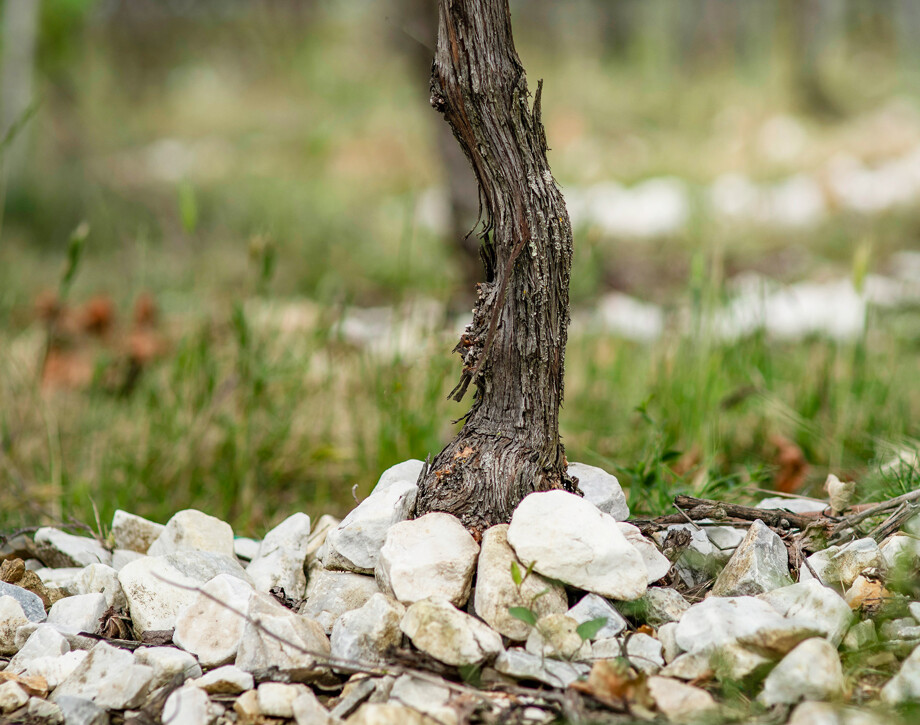
Soil
Calcareous rocky soils with alberese (marl limestone) and marl.
